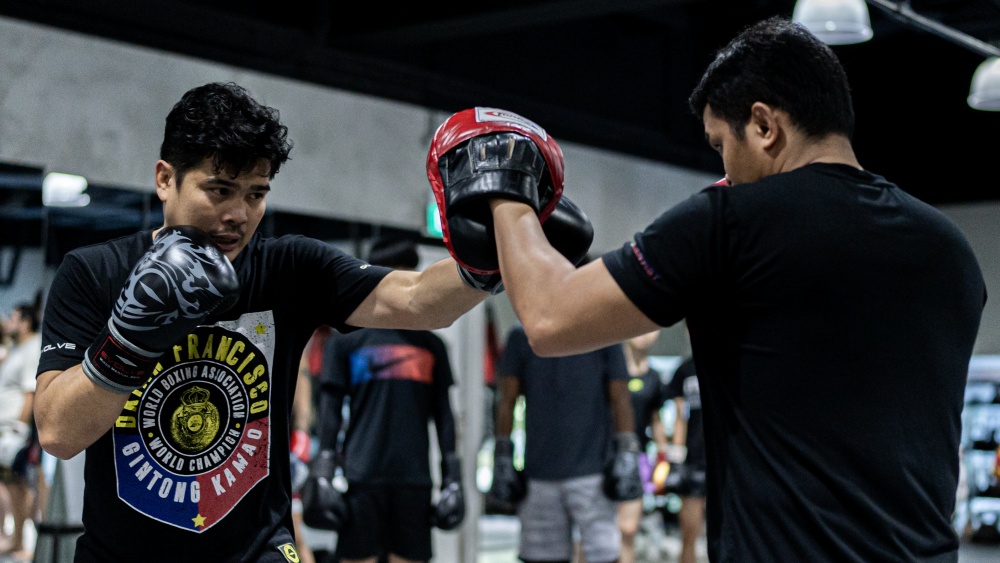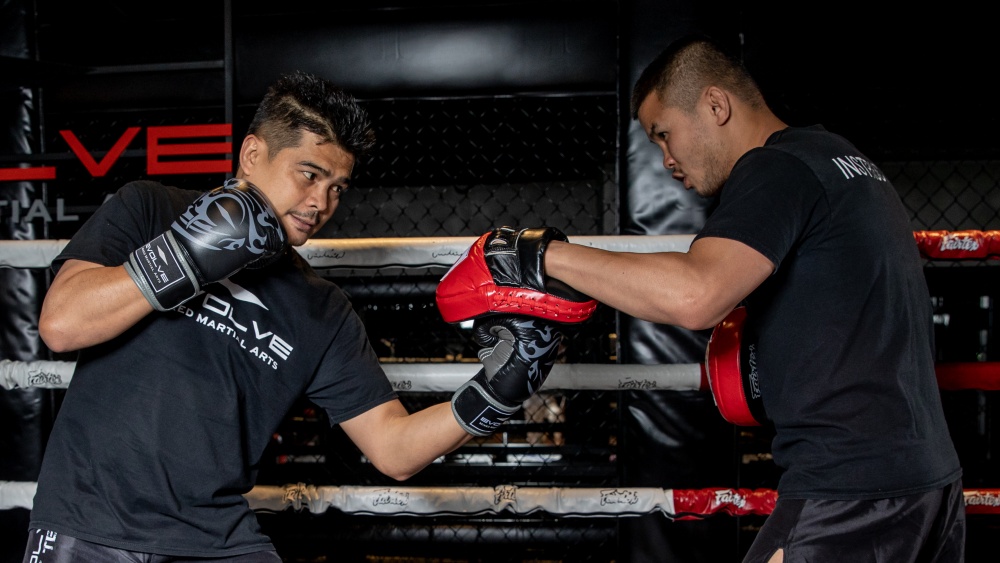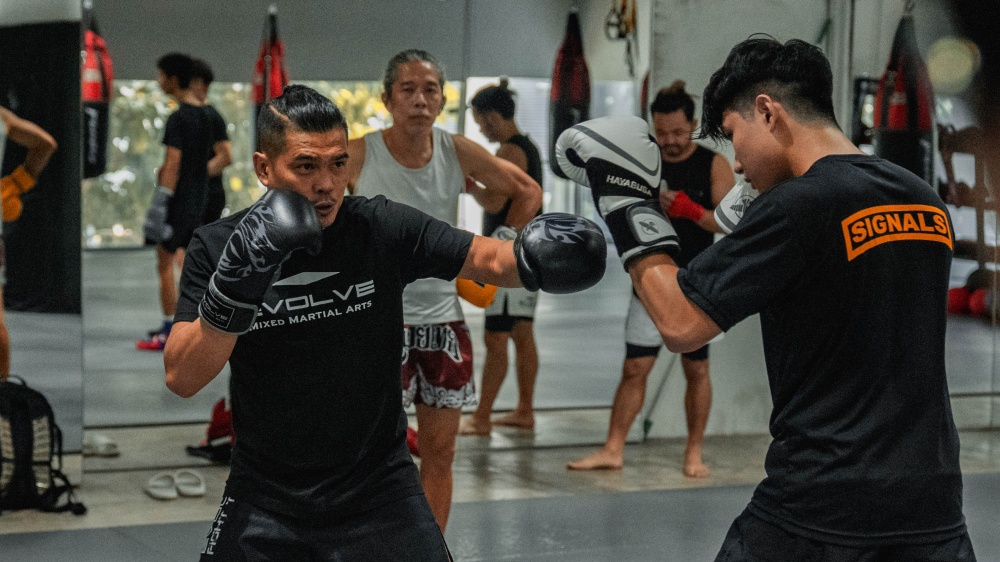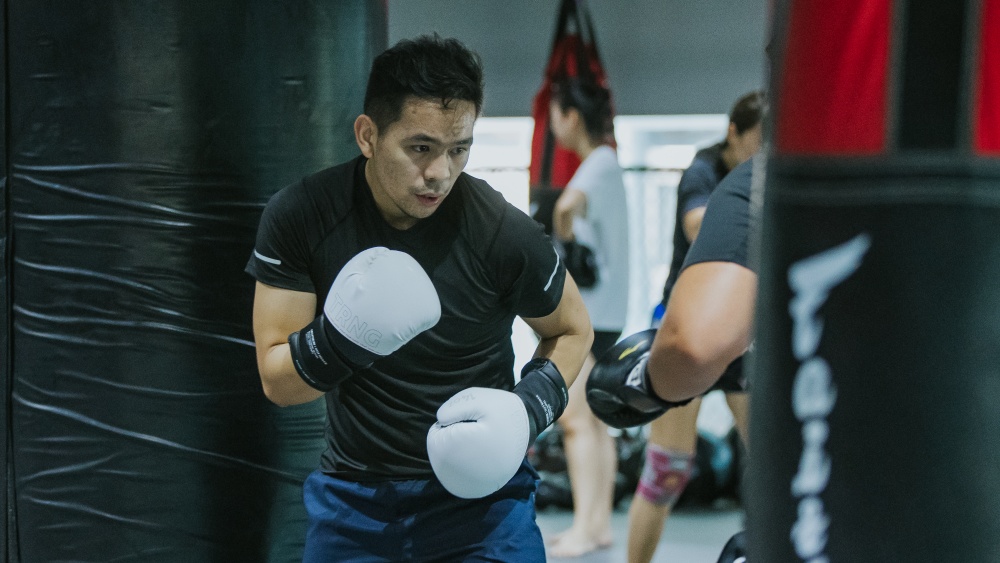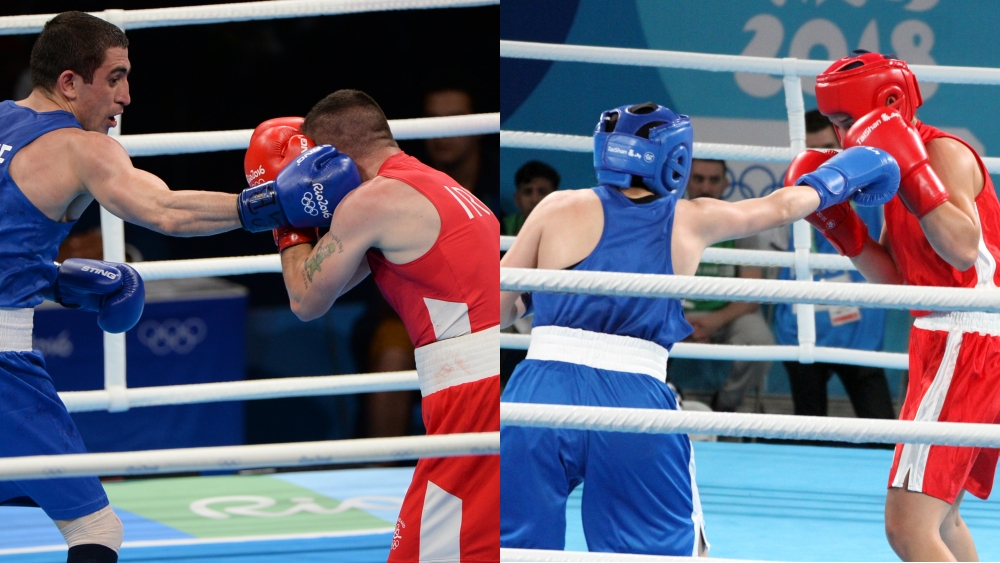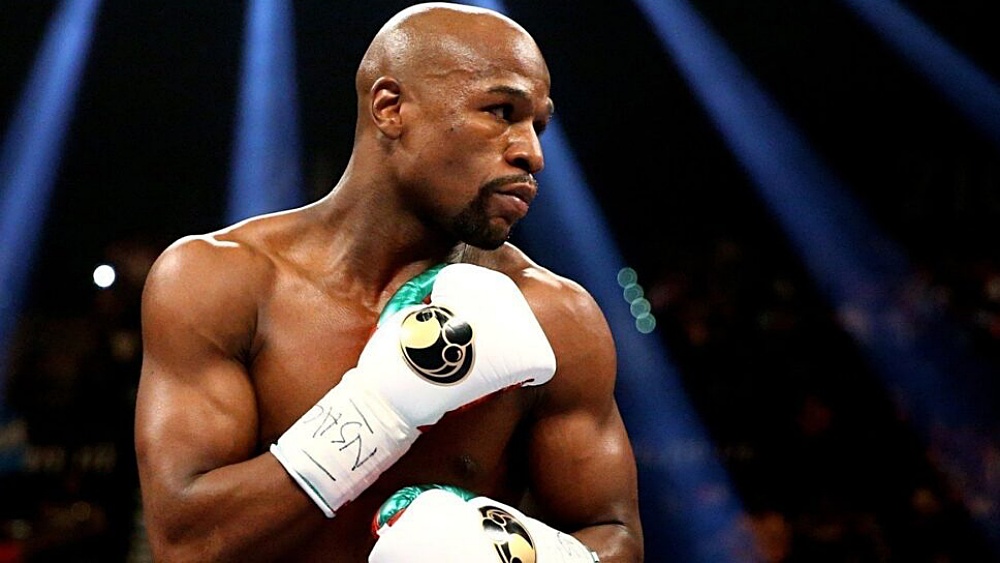If you plan to compete as a boxer, you should know that your fighting skills are only half of the equation for how successful you will be. Your body is the second part of the equation, and its condition can also affect your performance inside the ring.
Think of your body as a race car that’s been entered into a race, while your boxing skills are the driver controlling the car. Strength and conditioning would be modifications made to the car to make it faster and more maneuverable.
Now, imagine all the drivers who entered the race have similar skills. In that scenario, the car with the most modifications will likely win the race. It’s the same thing with boxing, especially at the highest levels. Everyone is talented at that level, so the little things like your cardio, strength, and speed often end up making a difference.
Give yourself the best odds of success inside the ring by giving your body as many upgrades as possible so you can perform at the highest level possible on fight day.
Understanding How Punching Power Is Generated
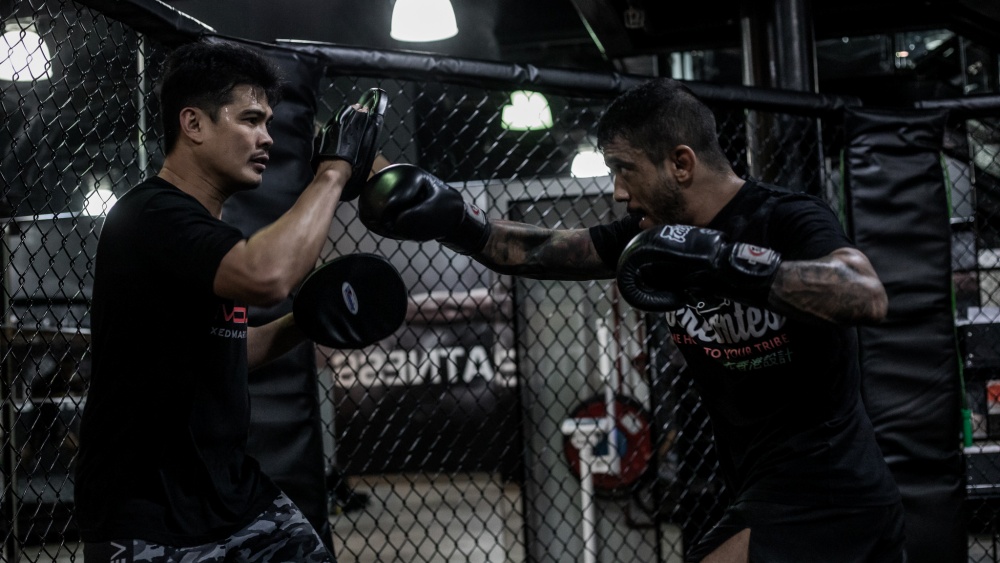
The power behind a punch comes from your ability to rapidly develop force, which can be enhanced with explosive strength training. Old-school boxing philosophy was somewhat against strength training due to a belief that added muscle mass slows boxers down, but that mentality has changed as the science of how punches work is better understood. Nowadays, many boxers understand the importance of strength and conditioning, so they often make it a significant portion of their training routines.
The force of a punch is highly dependent on the momentum it’s thrown with. Momentum refers to how quickly you can move a mass (your hand) toward a target. The faster you can move your hands toward your target, the harder the punch’s impact.
Generally speaking, the stronger your muscles are, the faster they’ll be able to move your hand toward the target and the more powerful your punches will be. It’s why heavyweights are the hardest hitters in boxing: they’re bigger and stronger than everyone else.
Of course, lifting weights and mindlessly getting bigger aren’t options for most boxers since they still have to make weight for their bouts. Boxers need an intelligent training approach to increase their punching power without putting on significant muscle mass. A boxer’s main priority should be developing a neuromuscular system that can rapidly generate force. You do this by working out explosively to increase the explosive power of your muscles.
Some of the types of exercises boxers should consider incorporating into their training routine include plyometrics, weightlifting, and velocity-based training.
The Four Muscle Groups Boxers Should Train To Improve Their Performance Inside The Ring
Now that we’ve gone over basic punch mechanics, let’s look at some of the muscle groups most responsible for the punches and movements boxers use inside the ring.
1) Muscles In The Lower Body
Your quads, hamstrings, glutes, and calves are responsible for most of the power in your punches. That’s why some of the most terrifying punchers in boxing history, like Mike Tyson, have thick, solid legs. Your lower body transfers power into your hips, core, and, finally, your wrist whenever you throw a punch with proper technique.
All these muscles work together to form what is called a kinetic chain. The most important thing you should understand about the kinetic chain is that it’s only as strong as its weakest muscle. For example, a lot of the power transferred from your legs will be lost before it gets to your wrists if your hips and core are weak.
Leg strength is so vital for punching power that you can accurately predict how hard a boxer punches by observing how high they can jump. A strong lower body also allows you to run faster, putting more strain on your cardiovascular and muscular systems to improve your fitness. It allows you to dart around the ring explosively and control the distance.
You can increase the explosive power of the muscles in your legs with exercises like:
- Squats: squats are one of the most popular compound exercises for your lower body. It improves eccentric utilization of the quads, glutes, and hamstrings. It also improves lower body explosiveness, particularly if you perform your reps explosively when training.
- Plyometric Box Jump: Box jumps are great for building explosive power for your legs since you don’t have to decelerate any weight when performing them.
- Goblet Split Squats: This unilateral exercise builds explosive strength in your legs while improving your balance.
2) The Core
Your core muscles are the muscles around your abdomen and your lower back. They help to stabilize your spine and are engaged whenever you create rotational force with your torso. Your core links your lower body with your upper body, making it the most important muscle group in the kinetic chain.
Exercises you can use to strengthen and increase explosiveness in your core include:
- Crunches: These are an effective way to target your abdominal muscles. Use variations to target your obliques as well. Your obliques add power to your punches as you rotate your torso.
- Deadlifts: Deadlifts strengthen your posterior chain, including your core muscles, hamstrings, and glutes.
3) Upper Body Push Muscles
Muscles like your triceps, chest and front deltoids impact your hand speed, which, in turn, affects the power behind your punches. Exercises you can increase their explosiveness with include:
- Medicine Ball Throws: This is an excellent way to increase explosive strength in the muscles you push with since you don’t have to decelerate the ball.
- Dumbbell Press: Dumbbell presses are another effective way to build strength in your chest, triceps, and shoulders. Wrap a resistance band around your hands and back to make the exercise more challenging.
4) Upper Body Pull Muscles
Your back muscles link the rotational force generated by your torso to your hands when you throw punches. They also help quickly retract your hands back to your guard. Some of the exercises you can use to build your back muscles include:
- Pull-Ups: Pull-ups are one of the most popular exercises for developing your back muscles. They also strengthen your biceps, leading to more powerful uppercuts.
- Horizontal Rows: This exercise mainly targets your lats and your biceps.
You may also like:
